How Fast Fashion Is Affecting Our Climate?
A look at some of the fast fashion stark facts that will make you recycle and reuse your clothes.
-
 According to the Indian Textile Journal, it is estimated that more than 1 million tonnes of textiles are thrown away every year, with most of this coming from household sources. This amounts to 0.79 kg of textile waste per capita.
According to the Indian Textile Journal, it is estimated that more than 1 million tonnes of textiles are thrown away every year, with most of this coming from household sources. This amounts to 0.79 kg of textile waste per capita. -
 India is one of the top manufacturers of fast fashion garments that are exported to Europe and the United States.
India is one of the top manufacturers of fast fashion garments that are exported to Europe and the United States. -
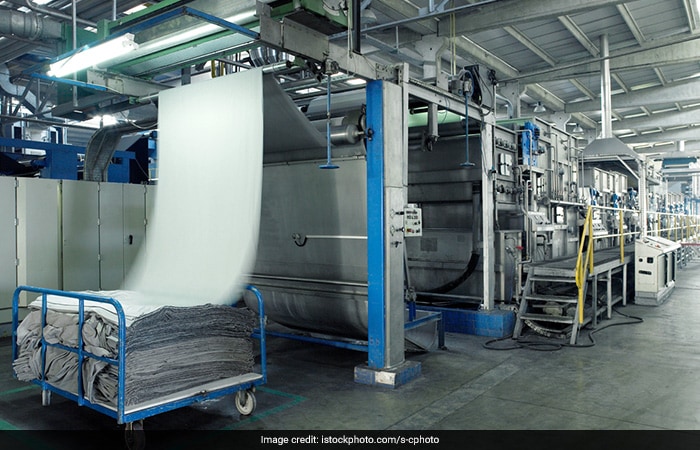 The fashion industry is responsible for 10% of annual global carbon emissions, more than all international flights and maritime shipping combined. The fashion industry's greenhouse gas emissions will surge more than 50 % by 2030, according to the UNEP and the Ellen MacArthur Foundation findings.
The fashion industry is responsible for 10% of annual global carbon emissions, more than all international flights and maritime shipping combined. The fashion industry's greenhouse gas emissions will surge more than 50 % by 2030, according to the UNEP and the Ellen MacArthur Foundation findings. -
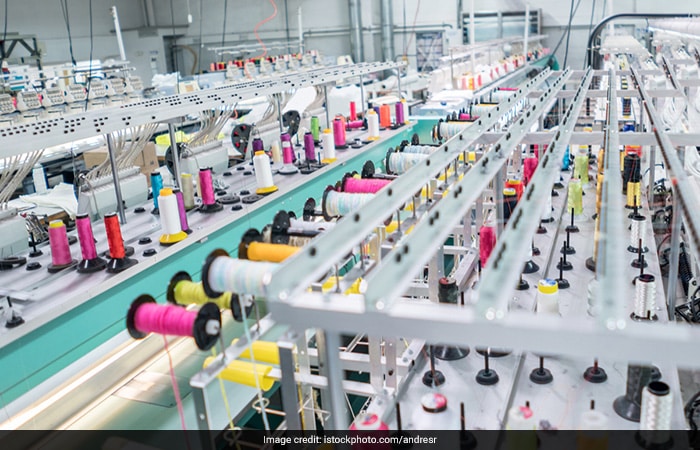 The fashion industry produces about 53 million tonnes of fibre every year.
The fashion industry produces about 53 million tonnes of fibre every year. -
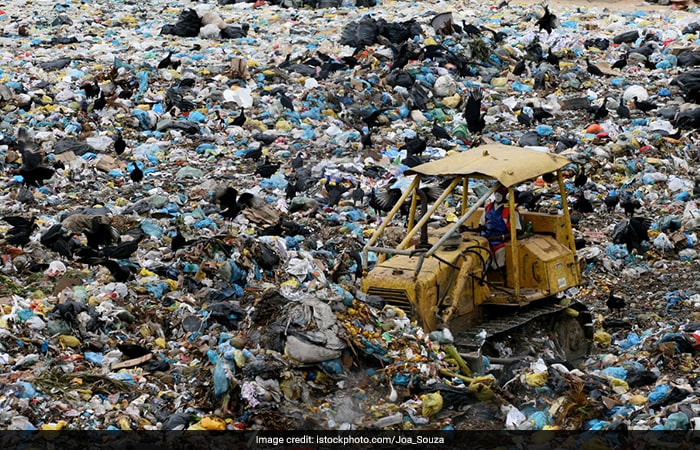 70 per cent of the garments manufactured either end up in landfills or are incinerated.
70 per cent of the garments manufactured either end up in landfills or are incinerated. -
 According to the findings from UNEP and the Ellen MacArthur Foundation which works to accelerate the transition to a circular economy, every year the fashion industry uses 93 billion cubic meters of water - enough to meet the consumption needs of five million people. The report further adds that around 20 per cent of wastewater worldwide is generated from fabric dyeing and treatment.
According to the findings from UNEP and the Ellen MacArthur Foundation which works to accelerate the transition to a circular economy, every year the fashion industry uses 93 billion cubic meters of water - enough to meet the consumption needs of five million people. The report further adds that around 20 per cent of wastewater worldwide is generated from fabric dyeing and treatment. -
 UNEP states that it takes 3,781 liters of water to make a pair of jeans, from the production of the cotton to the delivery of the final product to the store. That is equivalent to the emission of around 33.4 kilograms of carbon. That is for just one pair of jeans, imagine the environmental cost for everything in our wardrobes.
UNEP states that it takes 3,781 liters of water to make a pair of jeans, from the production of the cotton to the delivery of the final product to the store. That is equivalent to the emission of around 33.4 kilograms of carbon. That is for just one pair of jeans, imagine the environmental cost for everything in our wardrobes. -
 Less than 1 per cent of fibre is reused to make new clothes.
Less than 1 per cent of fibre is reused to make new clothes. -
 Textile waste is the third largest source of municipal solid waste in India.
Textile waste is the third largest source of municipal solid waste in India. -
 1 in 2 people throw their unwanted clothes straight in the trash instead of giving away or donating to those who need them, states a piece on Eco Friendly Habits.
1 in 2 people throw their unwanted clothes straight in the trash instead of giving away or donating to those who need them, states a piece on Eco Friendly Habits. -
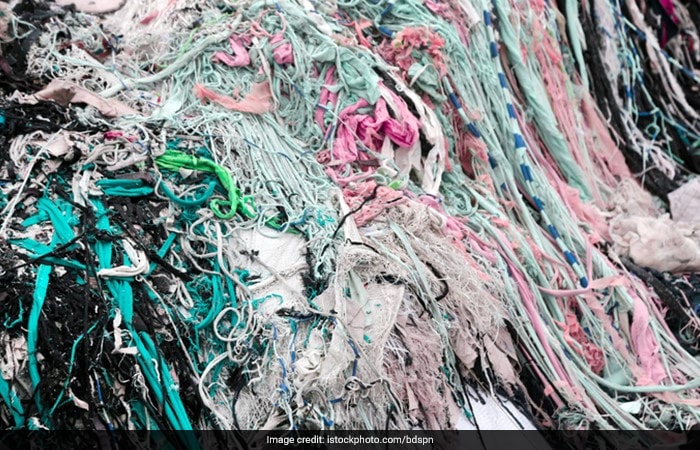 Synthetic garments do not break down when discarded at landfills.
Synthetic garments do not break down when discarded at landfills. -
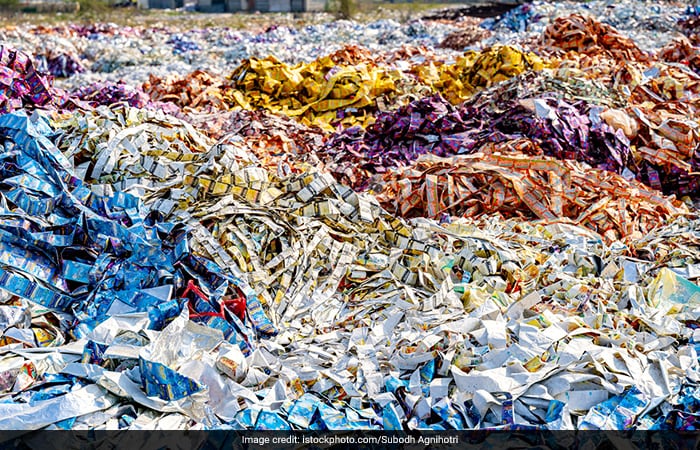 Up to 95 per cent of the textiles that are land filled each year could be recycled.
Up to 95 per cent of the textiles that are land filled each year could be recycled. -
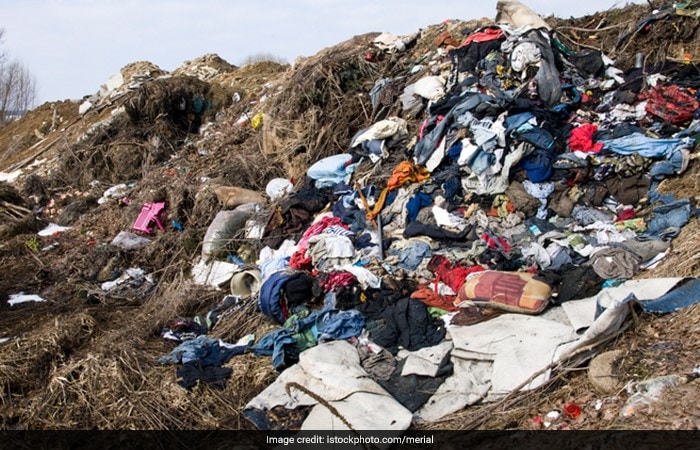 92 million tonnes of garment and textile waste is discarded annually.
92 million tonnes of garment and textile waste is discarded annually. -
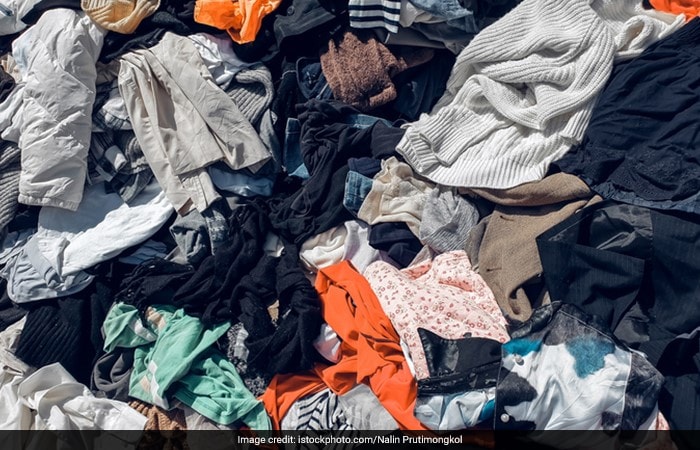 More than half of fast fashion clothing will be discarded within a year.
More than half of fast fashion clothing will be discarded within a year. -
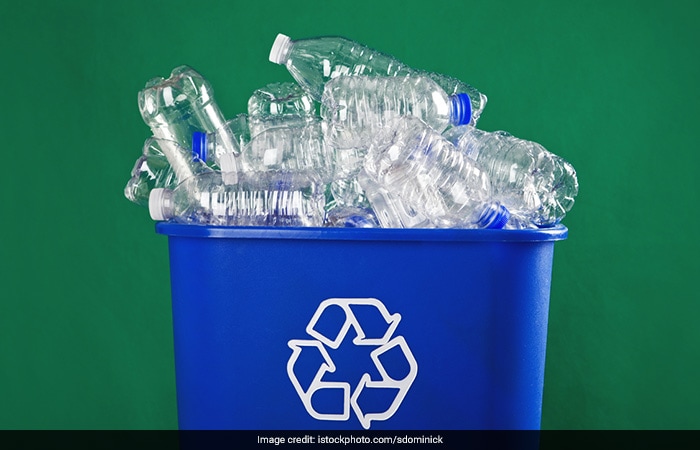 By washing our polyester clothes, we eject half a billion tons of microfibers each year which is equivalent to more than 50 million plastic bottles!
By washing our polyester clothes, we eject half a billion tons of microfibers each year which is equivalent to more than 50 million plastic bottles! -
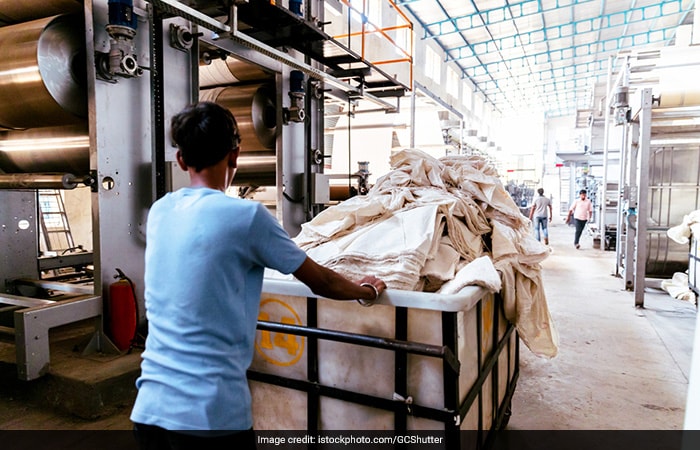 According to a report titled 'A New Textiles Economy: Redesigning Fashion's Future' by Ellen MacArthur Foundation and Circular Fibres Initiative, between 2015 and 2050 the textiles industry is expected to add 22 million tons of microfibers to the ocean.
According to a report titled 'A New Textiles Economy: Redesigning Fashion's Future' by Ellen MacArthur Foundation and Circular Fibres Initiative, between 2015 and 2050 the textiles industry is expected to add 22 million tons of microfibers to the ocean. -
 Textiles account for 22 per cent of total global mixed waste.
Textiles account for 22 per cent of total global mixed waste. -
 The United Nations estimates that the industry produced up to 10% of total global C02 emissions. This is more than 1.7 billion tonnes of CO2 annually11 - that's about 0.2 tonnes of CO2 per person on the planet, just for one industry.
The United Nations estimates that the industry produced up to 10% of total global C02 emissions. This is more than 1.7 billion tonnes of CO2 annually11 - that's about 0.2 tonnes of CO2 per person on the planet, just for one industry. -
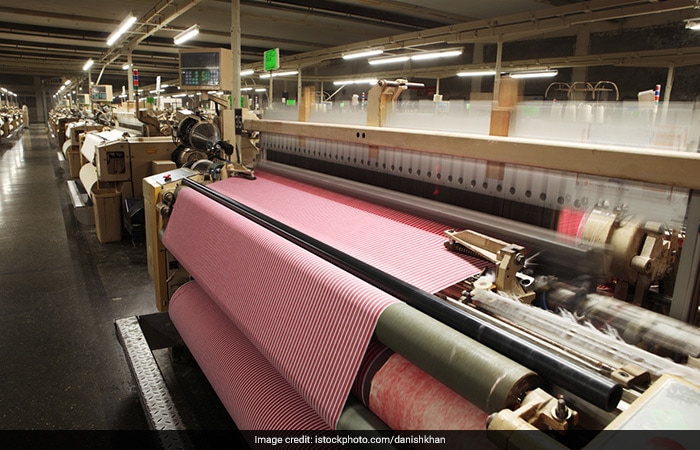 In 2020, the global production of textile fibers per person was 14 kilograms per capita, and is expected to increase to approximately 17.1 kilograms per capita by 2030.
In 2020, the global production of textile fibers per person was 14 kilograms per capita, and is expected to increase to approximately 17.1 kilograms per capita by 2030.
Advertisement
Advertisement
Advertisement
Advertisement
